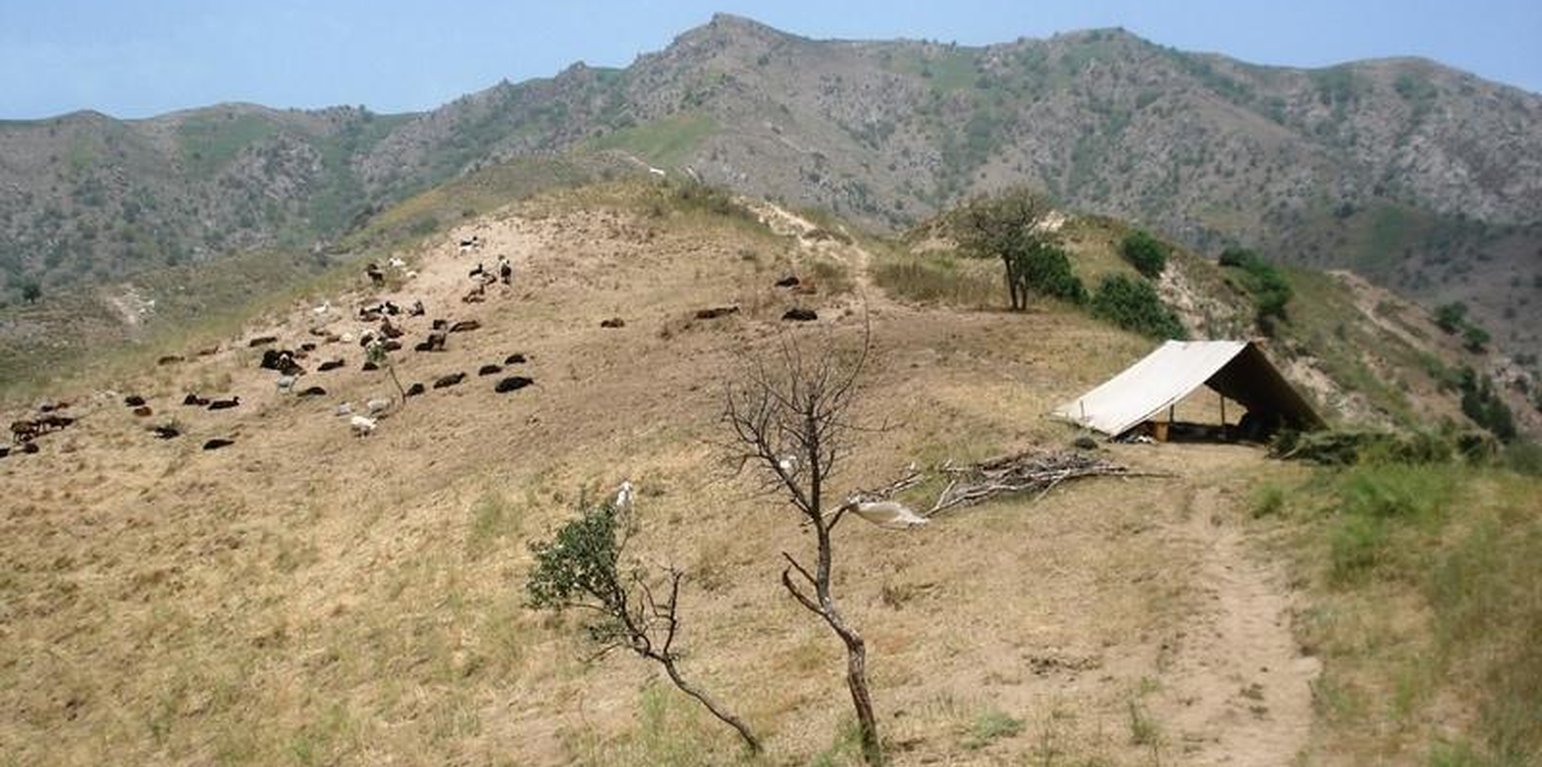



Half-year herding with 500 sheep, goats and cows (very few), with 7-8 different locations of the herder's tent. The herder visits each place twice to thrice per grazing season and stays in one place for one week to maximally one month (during the Ramadan period, due to limited forces). The area is grazed from the higher zone (around 2000m) to the lower zone (around 1600m) twice per season, in a sort of circle. Every day the herder starts in another direction from his tent and leads the animals to the pastures, once in the morning and once in the evening. He passes a stream once (autumn) to twice (summer) a day.
Purpose of the Technology: The grass should not get dusty and dirty, explaining why the herder daily changes the pastures, only revisiting the same places every two to three days.
Establishment / maintenance activities and inputs: After accompanying his father as a child and a kind of an apprenticeship (of one year) later on, M. is considered by the villagers as a good herder and they give him their animals for herding. But M. applies for land on the forest department only after working as a guardian and as a tractor driver for 20 years. For the herding profession observing the animals precisely is necessary, in order not to lose any of them. And the maintenance of the pastures is guaranteed by the strict rotational scheme.
Natural / human environment: The pasture-area is in a generally well-conserved state. Moderate to high values of fractional vegetation cover can be observed and only few signs of recent erosion processes (through water) are visible. The area is characterised by steep slopes where still signs of past tree-planting during the USSR period are visible by some trees, many little platforms made for tree-planting and a few terraced areas. Eventhough, many trees have been grazed and do not stand anymore. Besides steep areas there are small, quite flat areas (where the herder installs his tents), that used to be cultivated (wheat) till 1966. These areas generally have low cover-values and signs of rill-erosion, which the herder attributes to the past tilling activity. However, it might also be the trampling and sitting of the animals (staying near the herder's tent at noon-time and during the night) causing this erosion. Nutrient management is provided for by the dung of the animals which is not collected, contrarily to the pastures near the villages.
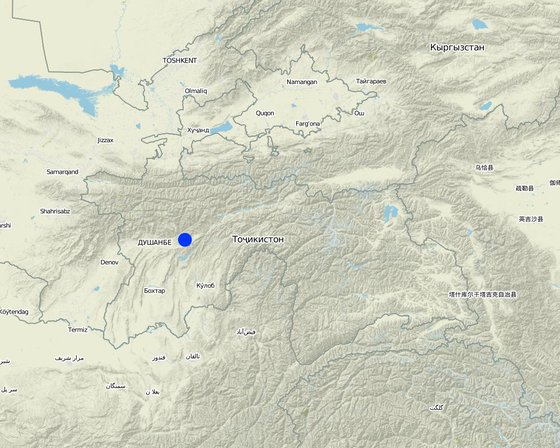
สถานที่: Faizabad, Region of Republican Subordination, ทาจิกิสถาน
ตำนวนการวิเคราะห์เทคโนโลยี:
การเผยแพร่ของเทคโนโลยี:
In a permanently protected area?:
วันที่ในการดำเนินการ: มากกว่า 50 ปี (แบบดั้งเดิม)
ประเภทของการแนะนำ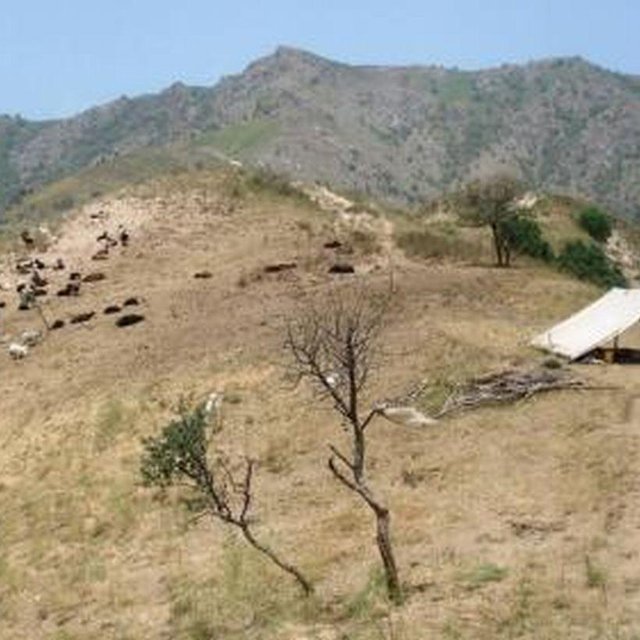
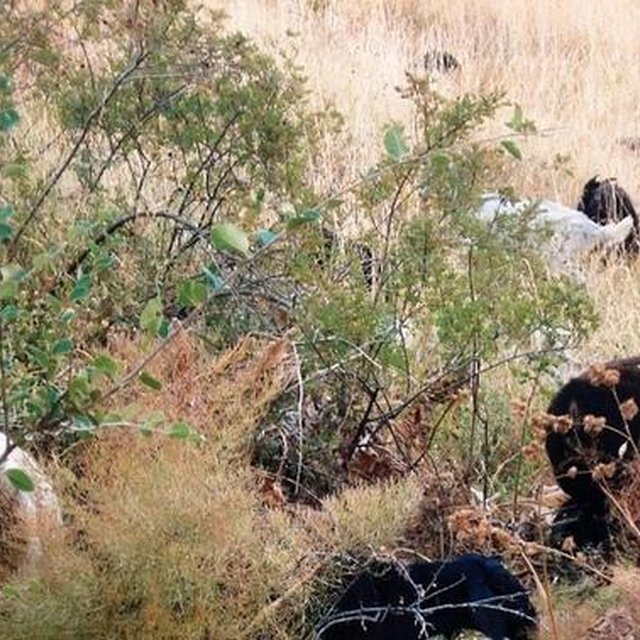

| Species | Count |
| goats | 500 |
| sheep | 500 |



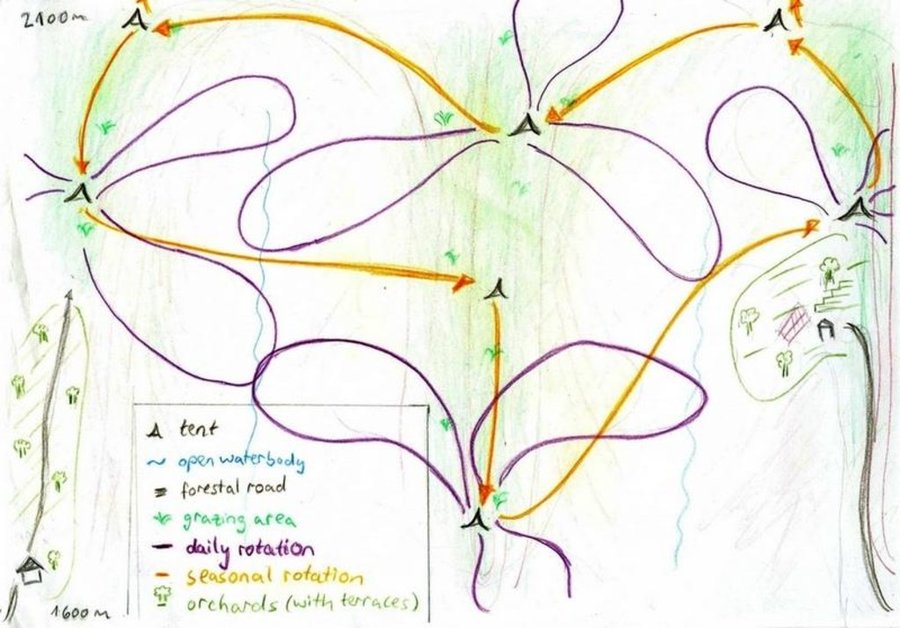
| ปัจจัยนำเข้า | หน่วย | ปริมาณ | ค่าใช้จ่ายต่อหน่วย (USD) | ค่าใช้จ่ายทั้งหมดต่อปัจจัยนำเข้า (USD) | %ของค่าใช้จ่ายที่ก่อให้เกิดขึ้นโดยผู้ใช้ที่ดิน |
| อื่น ๆ | |||||
| Buying a herd | animals | 50.0 | 87.7 | 4385.0 | 100.0 |
| ค่าใช้จ่ายทั้งหมดของการจัดตั้งเทคโนโลยี | 4'385.0 | ||||
| Total costs for establishment of the Technology in USD | 4'385.0 | ||||
| ปัจจัยนำเข้า | หน่วย | ปริมาณ | ค่าใช้จ่ายต่อหน่วย (USD) | ค่าใช้จ่ายทั้งหมดต่อปัจจัยนำเข้า (USD) | %ของค่าใช้จ่ายที่ก่อให้เกิดขึ้นโดยผู้ใช้ที่ดิน |
| แรงงาน | |||||
| Salary of an assistant herder | Days | 120.0 | 6.1 | 732.0 | 100.0 |
| อื่น ๆ | |||||
| Rent fee for land of forest department | 300ha/d | 180.0 | 0.4888888 | 88.0 | 100.0 |
| Compensation for dead animals | animals | 2.0 | 44.0 | 88.0 | 100.0 |
| Animal medecine | per year | 1.0 | 88.0 | 88.0 | 100.0 |
| Salt | kg | 1000.0 | 0.08 | 80.0 | 100.0 |
| ค่าใช้จ่ายทั้งหมดของการบำรุงรักษาสภาพเทคโนโลยี | 1'076.0 | ||||
| Total costs for maintenance of the Technology in USD | 1'076.0 | ||||
Higher vegetation cover and biomass values than for village-pastures
Much less impalatable species' frequency
The animals get much fatter and are sold for around 50% higher price than animals from common pastures
The herder says that tree density has decreased, due to livestock but also to chopping. Additionally chopping of living trees is generally forbidden (since the 1960s, when the forest department was created as a new land use type), not making possible the
The use of the land for fruit production is not possible with animals grazing, but this was also the case before, as to the herder's opinion
Due to reduced stocking rates in comparison with village-pastures (and the soviet times), better water quality
Better control of runoff, but steeper land
จำนวนก่อน SLM: 40%
หลังจาก SLM: 80%
Higher cover than on village-pastures
จำนวนก่อน SLM: 36 species
หลังจาก SLM: 47 species
More plant systematical diversity
According to forest department the area above Karsang, due to ist trees, is more prone to fires than other areas